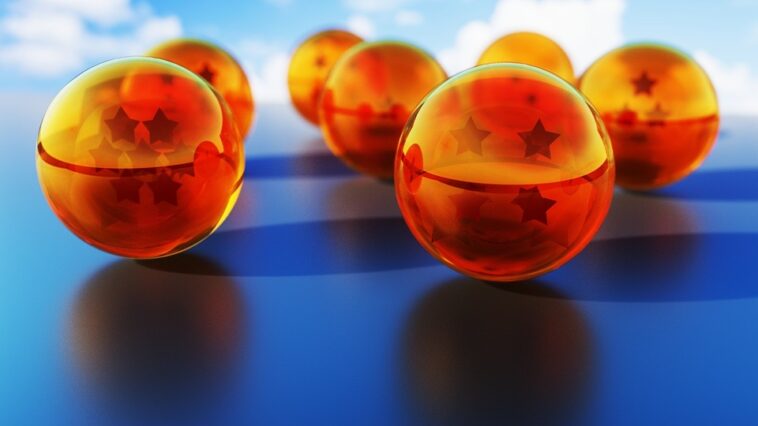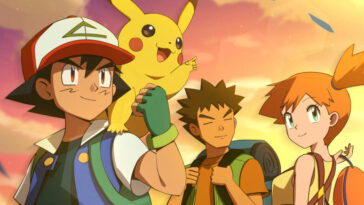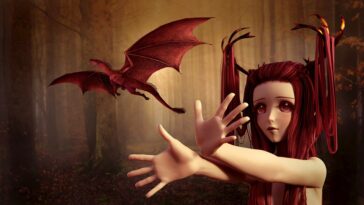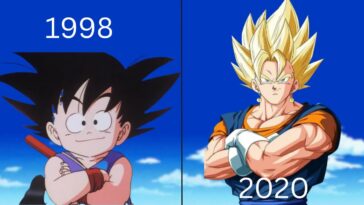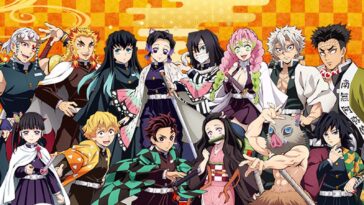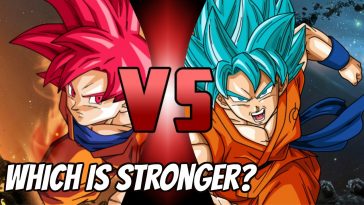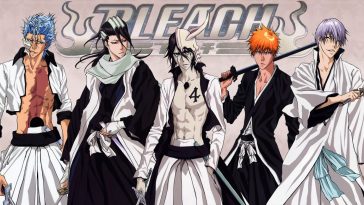Manga is a style of comic book that originated in Japan. It has taken the world by storm, with millions of fans around the globe. Manga has evolved over the years, from traditional Japanese art to a global phenomenon. In this article, we will explore the evolution of manga and how it has become a cultural juggernaut.
Traditional Japanese Art
Manga has its roots in traditional Japanese art. Japanese artists have been producing illustrated books for centuries. These books were called “emaki” and featured hand-painted illustrations with text. The emaki were often used to tell stories, and they were popular among the aristocracy.
The first modern manga was created in Japan in the early 20th century. This manga was heavily influenced by the emaki tradition, and it featured hand-drawn illustrations with text. The first manga was created by Rakuten Kitazawa in 1902. Kitazawa’s manga was called “Jiji Manga” and featured humorous illustrations.
The Golden Age of Manga
The Golden Age of Manga started in the 1950s and lasted until the 1970s. During this time, manga became more popular in Japan, and it started to gain international recognition. The Golden Age of Manga was marked by the creation of many iconic manga series, such as “Astro Boy,” “Golgo 13,” and “Sazae-san.”
In the 1960s, manga started to become more diverse. Manga artists began creating manga for different audiences, such as children, teenagers, and adults. This led to the creation of different manga genres, such as shonen (boys’ comics), shojo (girls’ comics), and seinen (adults’ comics).
The 1970s saw the rise of the “God of Manga,” Osamu Tezuka. Tezuka was a prolific manga artist who created many iconic manga series, such as “Astro Boy,” “Black Jack,” and “Phoenix.” Tezuka’s manga was known for its cinematic style and its use of complex themes.
Manga Goes Global
In the 1980s, manga started to gain popularity outside of Japan. Manga was translated into different languages, and it started to become a cultural phenomenon in other countries. The manga industry started to expand, and many different manga publishers were established around the world.
The 1980s also saw the rise of the “Big Three” manga series: “Dragon Ball,” “One Piece,” and “Naruto.” These manga series were hugely popular in Japan, and they helped to popularize manga around the world. The success of these manga series led to the creation of many different manga genres, such as sports manga, horror manga, and romance manga.
The 1990s saw the rise of the anime industry. Anime is the animated version of manga, and it became popular around the world in the 1990s. Anime helped to popularize manga even further, and it became a cultural phenomenon in many different countries.
The 2000s saw the rise of digital manga. Digital manga is manga that is published online, and it has become increasingly popular in recent years. Digital manga has helped to make manga more accessible to readers around the world.
Conclusion
Manga has come a long way since its origins in traditional Japanese art. It has evolved over the years, from a niche art form in Japan to a global phenomenon. Manga has become a cultural juggernaut, and it has influenced many different aspects of popular culture, such as anime, video games, and cosplay.
Manga has also become a form of cultural diplomacy. Manga has helped to promote Japanese culture around the world, and it has become a source of pride for many Japanese people. Manga has also helped to bridge cultural gaps between Japan and other countries, and it has helped to create a global community of manga fans.
In conclusion, the evolution of manga is a testament to the power of art and storytelling. Manga has transcended cultural boundaries and language barriers, and it has become a global phenomenon. Manga has given us iconic characters, complex themes, and unforgettable stories. It has enriched our lives and helped to make the world a more colorful and imaginative place.








